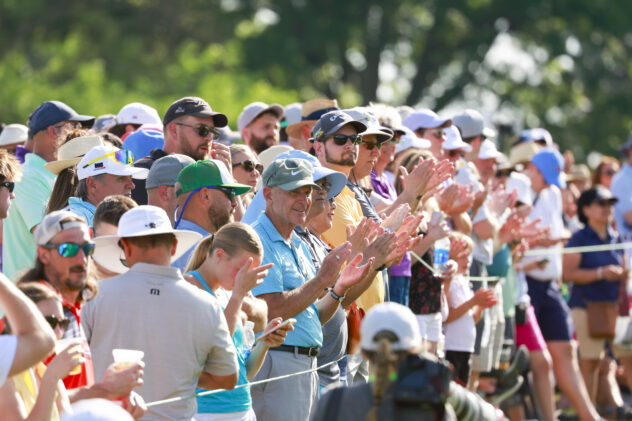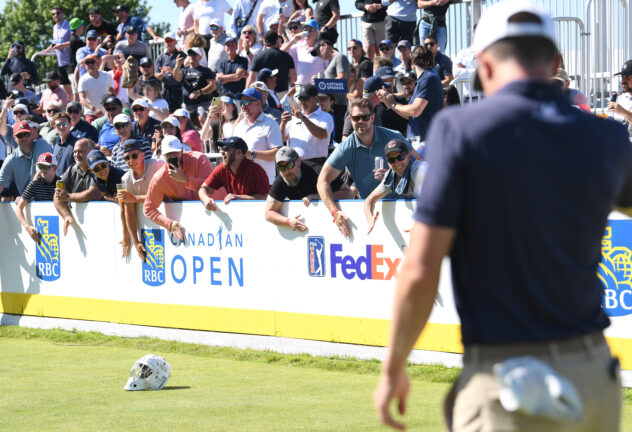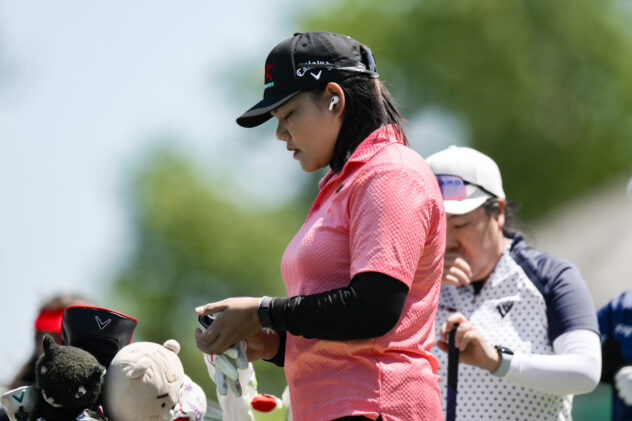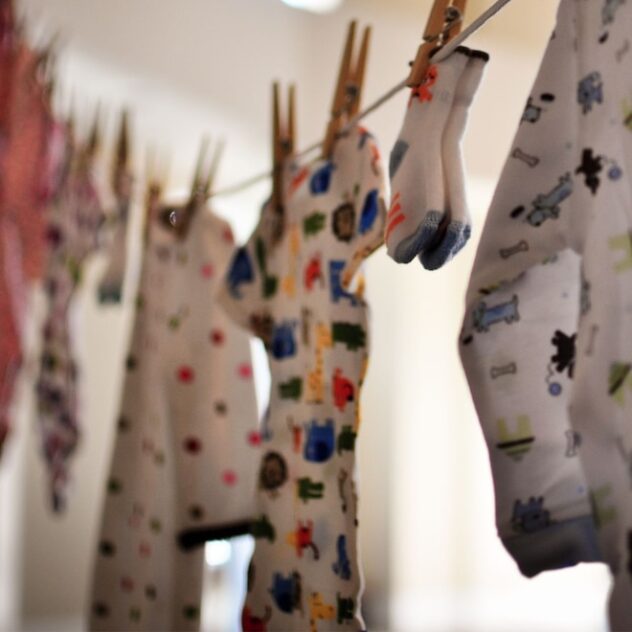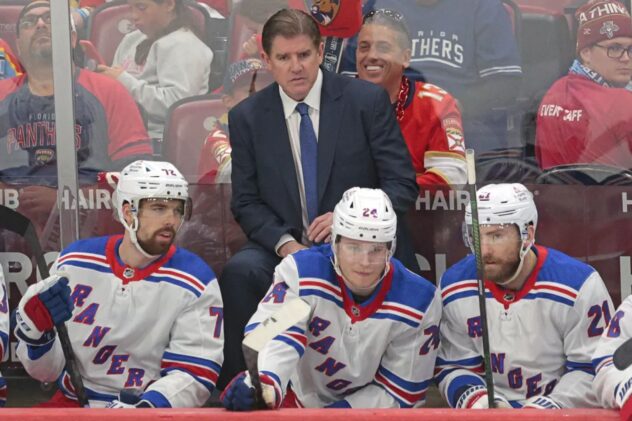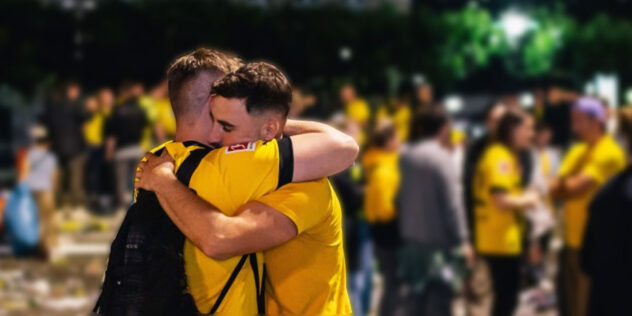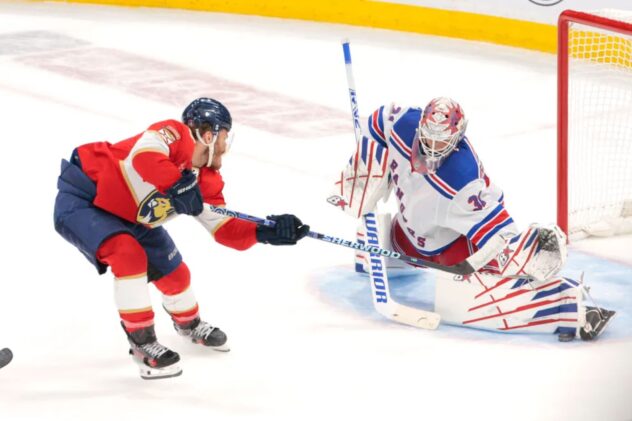The Bear Trap has nothing on another mean stretch of Honda Classic holes at PGA National

PALM BEACH GARDENS, Fla. – By all accounts, Jack Nicklaus is a gentleman.
Humble in victory, gracious in defeat. A legend for his gatherings with the media. Accessible with a signature, accommodating with a pose. A powerful charitable arm that extends wide and far.
So how does one explain the Bear Trap, the handywork of Nicklaus that is just downright mean and serves as a punch to the face of the players in the Honda Classic?
An intimidating statue of a bear stands over the par-3 15th tee on the Champion Course at PGA National, the commencement of a three-hole stretch named in honor of the Golden Bear that is one of the toughest on the PGA Tour and exacts blood, sweat and tears from many who venture over its soil.
At 788 yards of potential ruin featuring water hazards and sharp edges on all three holes, the windswept par-3 15th, par-4 16th and par-3 17th Bear Trap leaves many players in the Honda Classic slumped over in defeat. More than 1,6000 balls have found the water on these holes since 2007.
“That stretch is about guts,” Nicklaus said.
Many players have lost their guts after tangling with the Bear Trap.
Yet it’s not the only three-hole stretch on the course that gets to the insides of the players in an upheaval way. Nicklaus delivers another three-hole haymaker on the front side of the course, as Nicklaus’ architectural paws also are all over the par-3 5th, par-4 6th and par-3 7th.
The Grizzly Den if you will, where water hazards and razor edges await.
“That’s an under-appreciated stretch on the golf course,” 2014 FedEx Cup champion Billy Horschel said. “The players know it’s a stretch that can dictate how you are going to have to play the last few holes to make a cut, or play, you know, the next 11 holes to sort of make up for something you did in that stretch.”
It’s 912 yards of tension, starting with the par-3, 217-yard 5th protected on the left by water. The par-4, 479-yard sixth requires a safe drive to elude the water running down the entire left side of the hole and nothing but misery in the form of mounds and bunkers on the right. The par-3, 226-yard 7th has out-of-bounds on the left but thankfully does not have a water hazard.
Last year, this three-hole stretch played tougher than the Bear Trap; holes 5-6-7 played out to 227 over par while the Bear Trap played out to 230 over par. There were more bogeys on the Grizzly (278) than on the Bear Trap (214).
In last year’s Honda Classic, the field averaged a combined 10.659 strokes on the Grizzly Den (0.659 over par) while the Bear Trap yielded an average of 10.546 (0.546 over par).
In other words, as Horschel said, players have to make up for something that happened on 5, 6 and 7.
“It’s one of those stretches where there aren’t too many places where you can get comfortable,” Horschel said. “You feel like you’re up in the mountains because the air is a little thin around those holes and it’s tougher to breathe.”
Here’s a closer look at the Grizzly Den.
Hole 5: Par 3, 217 yards
Last year field average: 3.276
Bogeys in 2021: 95
Double bogeys or worse in 2021: 25

The 5th green during the final round of the Honda Classic at PGA National’s Champion Course. (Photo: Peter Casey-USA TODAY Sports)
In last year’s Honda, the 5th played as the third-toughest hole on the course. There is water on the left and mounds and bumps and rough you don’t want to deal with on the right. The green slopes toward the water and is open to the prevailing wind that blows left to right off the water. A pin placed front and left is very precarious.
“It may be the toughest par three, for the fact that the way the wind blows, and the water is right there, and the green slopes to the water, there’s just no place to miss,” Horschel said.
If you do find the green, the trouble isn’t over. A large depression rests in the middle of the green and various, subtle slopes need negotiation.
“You’re sitting there 200 to 220 away and anything pulled left is in the water,” 2014 Honda runner-up Ryan Palmer said. “It’s such a demanding tee shot. And there’s a lot of fire in that green.”
Hole 6: Par 4, 479 yards
Last year field average: 4.188
Bogeys in 2021: 86
Double bogeys or worse in 2021: 19

No. 6 at PGA National’s The Champion Course. (Photo: Golf Course Photography by Brian Oar)
“Six is probably the toughest hole on the golf course,” defending champion Matt Jones said of the hole that actually ranked as the seventh toughest. “Especially with that tee shot. You got to take on the water, but if you come out of it you’re in the bunker, in the rough, and then that green’s just really hard.
“To get close to the pin is very tough. Especially when they have the greens at 13 (on the Stimpmeter) and they’re really firm.”
A large lake runs down the left side of the hole all the way up to the green. The right side of the fairway features deep rough, small hills, trees and a collection of deep bunkers that can force a layup.
The three-tiered green isn’t easy, either.
“Can you miss the water on the left? Can you miss all the trouble on the right? Those are the questions the hole asks on the tee,” Horschel said. “And if you don’t miss the water or the stuff on the right, then you sort of start grinding and you do everything you can to try and walk away with a bogey.”
As 2019 Honda winner Keith Mitchell said: “Missing the fairway is effectively a full shot lost. Where I don’t think any other hole at Honda is a full shot lost if you miss the fairway.”
Hole 7 Par 3, 226 yards
Last year field average: 3.195
Bogeys in 2021: 97
Double bogeys or worse in 2021: 0

No. 7 tee at PGA National’s The Champion Course. (Photo: Golf Course Photography by Brian Oar)
The hole played as the sixth-toughest in last year’s tournament despite just nine double bogeys or worse. It requires a mid- to long-iron to a green that is deep and is fully of undulations and a swale in the middle of the green. A pair of bunkers on the right and deep runoffs into high rough around the green should be avoided.
“Seven’s difficult because you have a long-iron in your hand,” said Mitchell, who holed a 15-footer for birdie on the 72nd hole to beat Rickie Fowler and Brooks Koepka by one shot in 2019. That week, he played holes 5-6-7 and the Bear Trap in 2 under par. “And that green is, I don’t want to say unreceptive, but you really have one place to land the ball no matter where the pins are. And that’s like a third of the way up the front of the green.
“It’s almost like your land numbers are the same and so if the pins in a place that that land number is going to get the ball close to the hole, it’s not that bad. But if the pins are in the front or the pins are all the way back, you’re still trying to land it in that same spot so it’s almost like luck to get it closer to the hole.
“And missing the green presents a lot of problems. It’s just a tough hole.”


